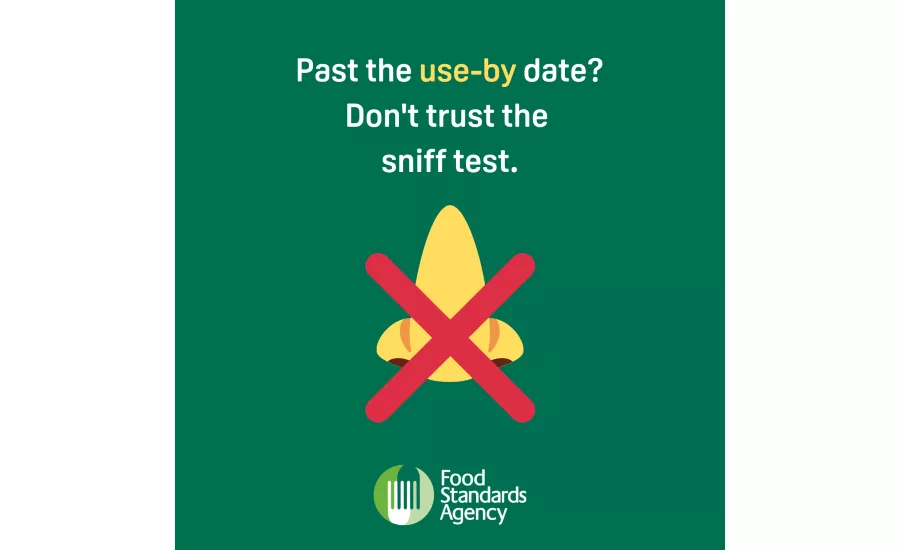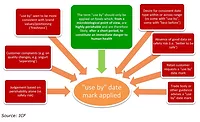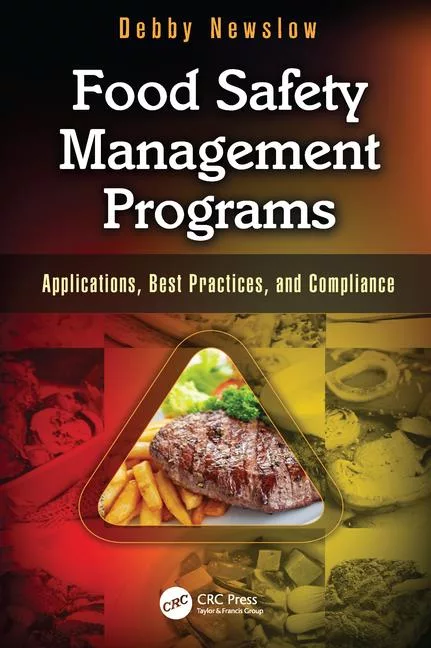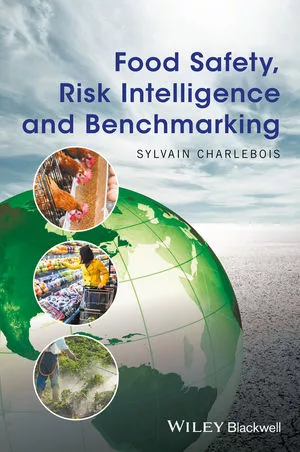FSA Defines 'Use-By' and 'Best-Before' Dates to Avoid Consumer Confusion

The Food Standards Agency (FSA) recently posted on social media to avoid confusion caused by a campaign that told consumers to smell, look, and taste food to determine whether it is spoiled.
FSA's official accounts linked to its website, so that consumers may understand what "use-by" and "best-before" dates really mean.
Recently, Too Good To Go initiated a campaign with food banks to help consumers understand date label confusion, and to help cut back on food waste which involves smelling and tasting food.
The "Look, Smell, Taste, Don't Waste" campaign currently has 25 food brands signed up, including Arla, Danone, and Nestle. The goal of the campaign is for brand to switch verbiage from "use-by" to "best-before" labels in certain circumstances, as well as set up package reminders to consumers to use their senses in deciding whether to eat food past its "best-before" date.
In addition, the European Food Safety Authority has released a resource for food companies, to help employees decide whether "use-by" or "best-before" verbiage should be used.
Use-by Dates Are about Safety
"A use-by date on food is about safety. This is the most important date to remember. Foods can be eaten until the use-by date but not after. You will see use-by dates on food that goes off quickly, such as meat products or ready-to-eat salads," the FSA website states.
FSA recommends not eating, cooking, or freezing food after the use-by date. The food could be unsafe to eat or drink, even if it looks or smells fine. However, some products, including meat and milk, can be frozen before the use-by date, so FSA recommends consumers to plan ahead.
Best-Before Dates Are about Quality
The "best-before" date, sometimes abbreviated as BBE (best before end), is more about quality. Consumers can still eat the food after this date, but it may not be at its best—its flavor and texture might not be as good. Food with a BBE date include frozen foods, dried foods, and tinned foods. Also, the BBE date will only be accurate if the food is stored according to the packaging instructions.
Looking for quick answers on food safety topics?
Try Ask FSM, our new smart AI search tool.
Ask FSM →







.webp?t=1721343192)
